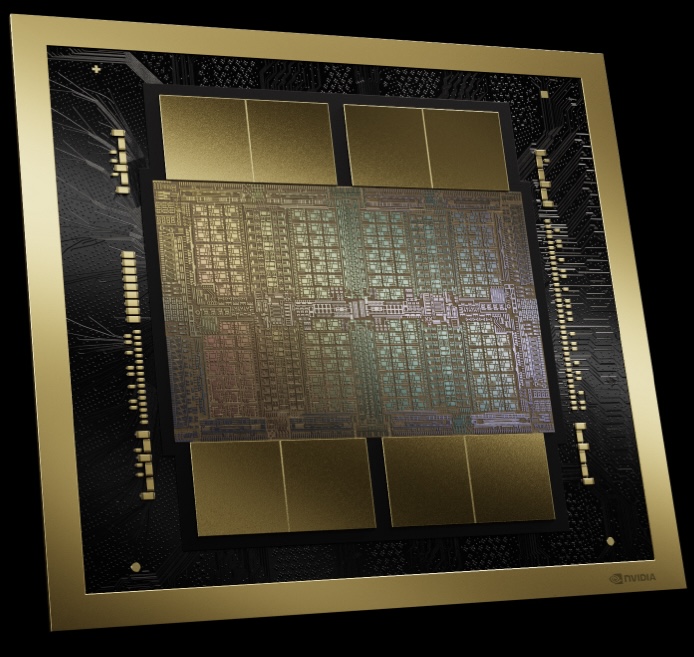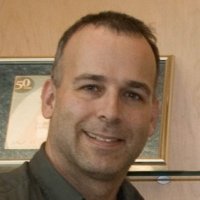
Dag Spicer
@dag_spicer
Senior Curator at the Computer History Museum, Mountain View, California.
ID: 170028875
http://www.computerhistory.org 23-07-2010 19:33:19
474 Tweet
717 Followers
434 Following

Semiconductor History 1931: Working at Heisenberg’s lab and using the theory of quantum mechanics, "The Theory Of Electronic Semi-Conductors" is published by Alan Wilson. Dig deeper with CHM's Silicon Engine timeline: tinyurl.com/59phmxdn Computer History Museum IEEE Spectrum
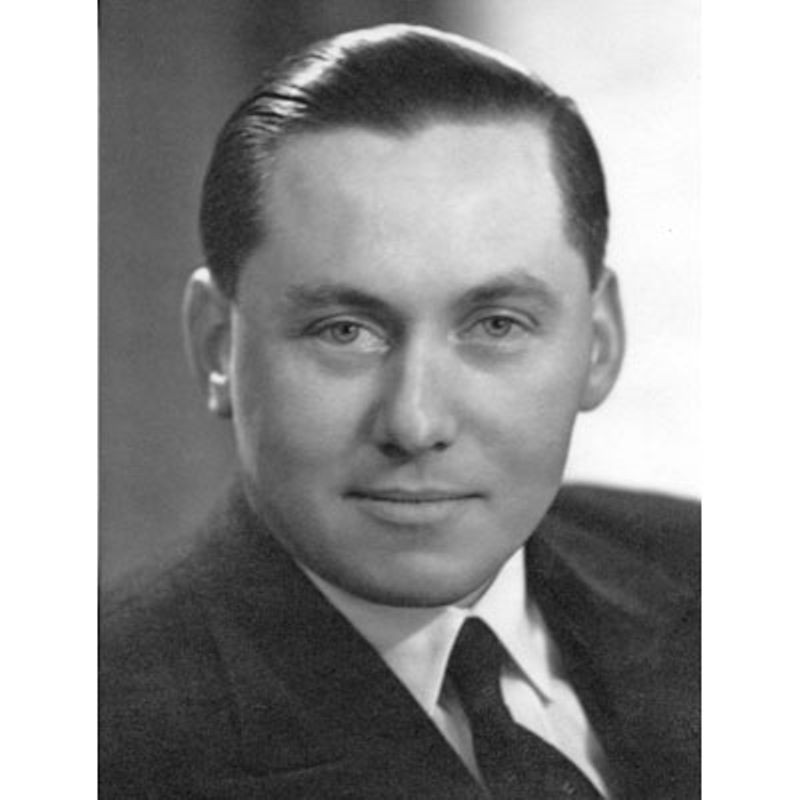

1951: Jacob Rabinow patents magnetic disk data storage, laying the foundation for modern disk drives. Dig deeper with CHM's Storage Engine timeline: tinyurl.com/yvehn96s Computer History Museum Special Int. Group for History of Computing IEEE MagSoc
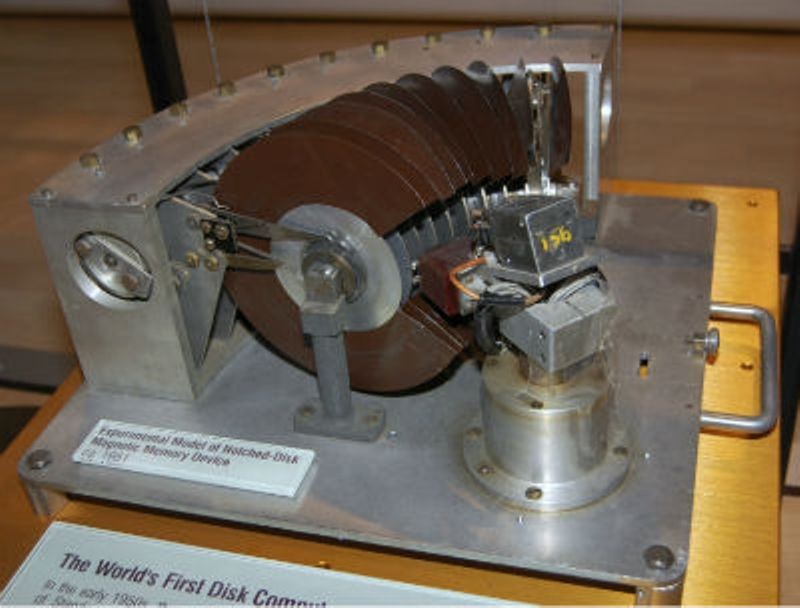

CHM Oral Histories in the news! Hats off to our Günter Steinbach for his excellent interview of George E. Gerpheide about the invention of the laptop touchpad. Just cited in SlashGear! slashgear.com/1364642/how-la… Computer History Museum IEEE Spectrum Vintage Computer Federation


CHM Milestones in Storage: 1951: Univac introduces magnetic tape media data storage machine. Dig deeper with CHM's Storage Engine timeline: tinyurl.com/4ak2uc25 Computer History Museum IEEE MagSoc #computerhistory
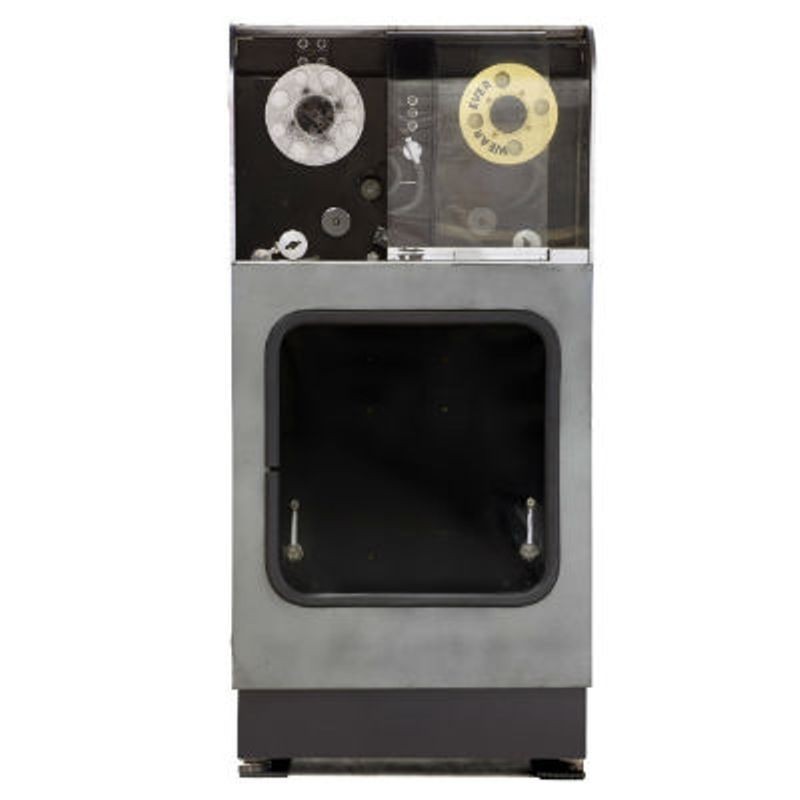

theverge.com/2023/9/9/23865… Computer History Museum

Semiconductor History 1931: Russell Ohl at Bell Labs Discovers the P-N Junction, the essential structure of all semiconductor devices. Ohl also invented the solar cell. Dig deeper with CHM's Silicon Engine timeline: tinyurl.com/hdpy4wsd Computer History Museum
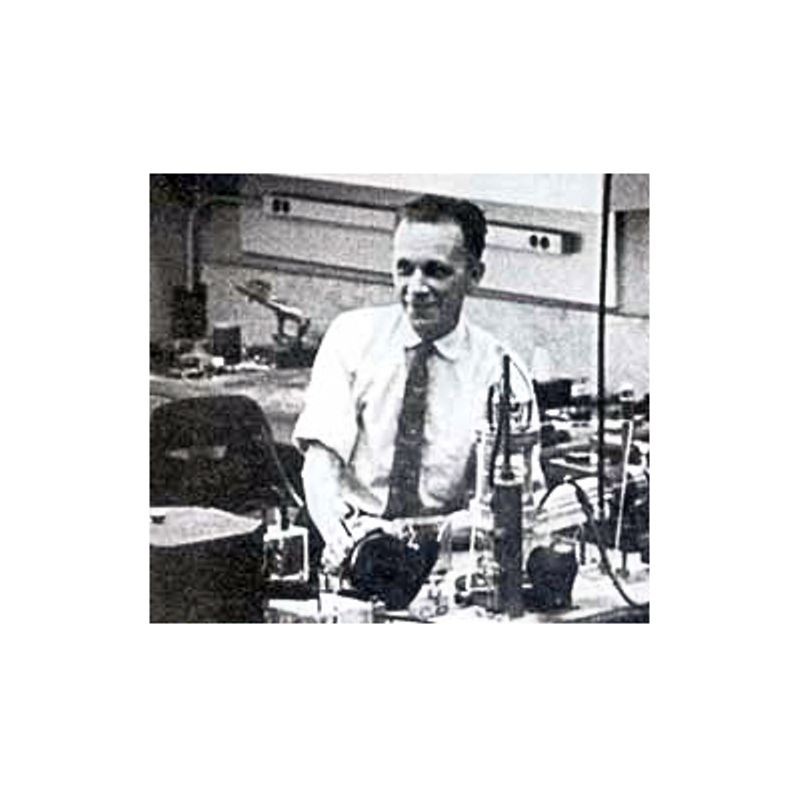

Semiconductor History 1947: John Bardeen & Walter Brattain achieve transistor action in a germanium point-contact device in December. The world would never be the same. Dig deeper: tinyurl.com/5ewbref2 Computer History Museum


Feel like a trip down memory lane? Check out the Computer History Museum's "Selling the Computer Revolution" -- our online exhibit of computer brochures from the past five decades. computerhistory.org/brochures/ Computer History Museum Association for Computing Machinery
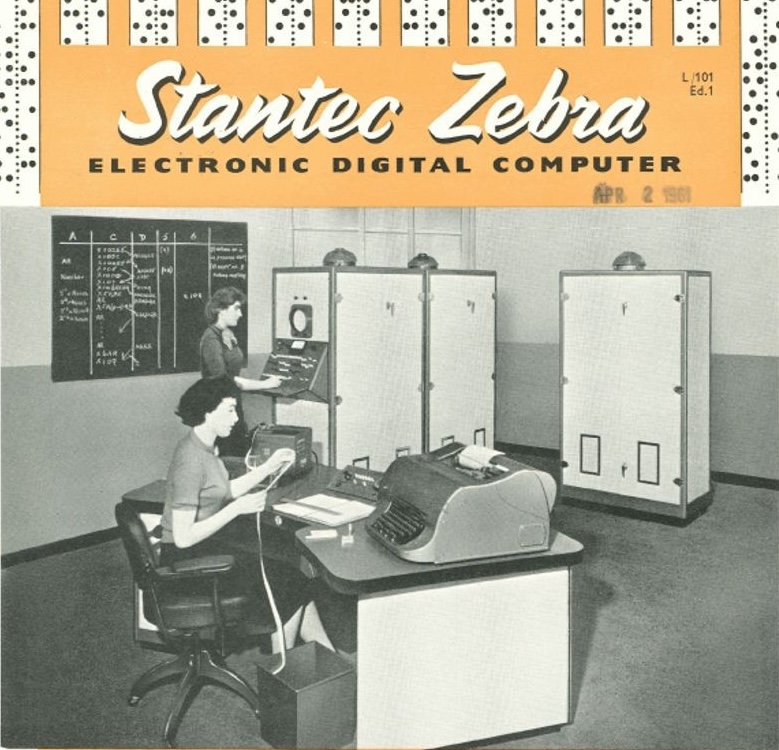

Semiconductor History 1948: European Transistor Invention. German physicists Herbert Mataré & Heinrich Welker independently create a germanium point-contact transistor in Paris, France called the transistron. Dig deeper: tinyurl.com/3rmtxcec Computer History Museum
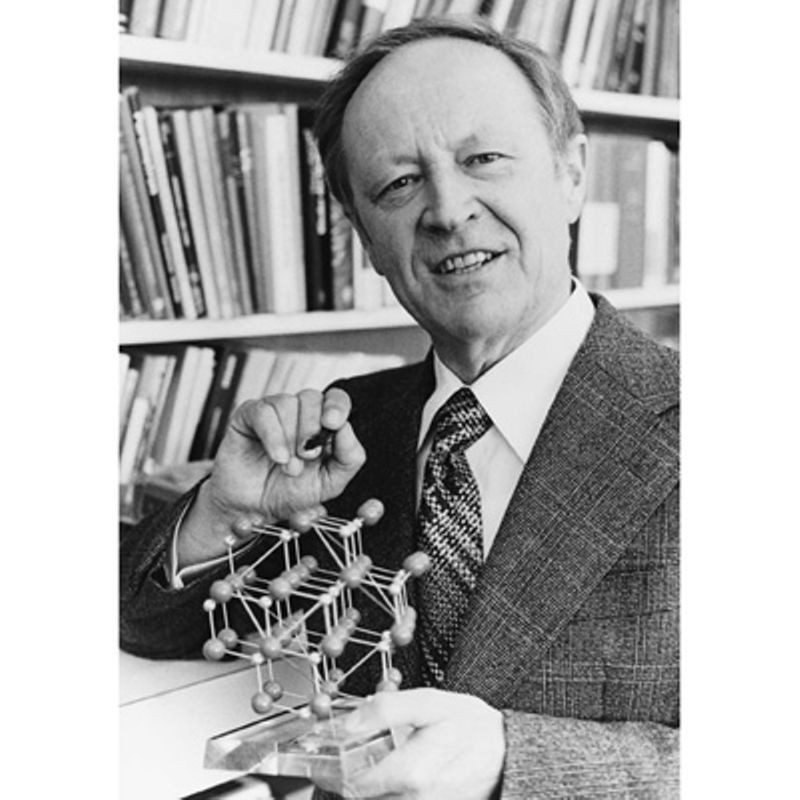


CHM Milestones in Storage: 1953: Whirlwind computer debuts core memory. Magnetic cores provide a fast, reliable solution for computer main memory for the next 25 years. Dig deeper: tinyurl.com/5des637c Computer History Museum IEEE MagSoc #techhistory


Semiconductor History 1948: Conception of the Junction Transistor. Bell Labs scientist William Shockley conceives an improved transistor structure based on a theoretical understanding of the p-n junction effect. Dig deeper tinyurl.com/yvpeznvm Computer History Museum #techhistory
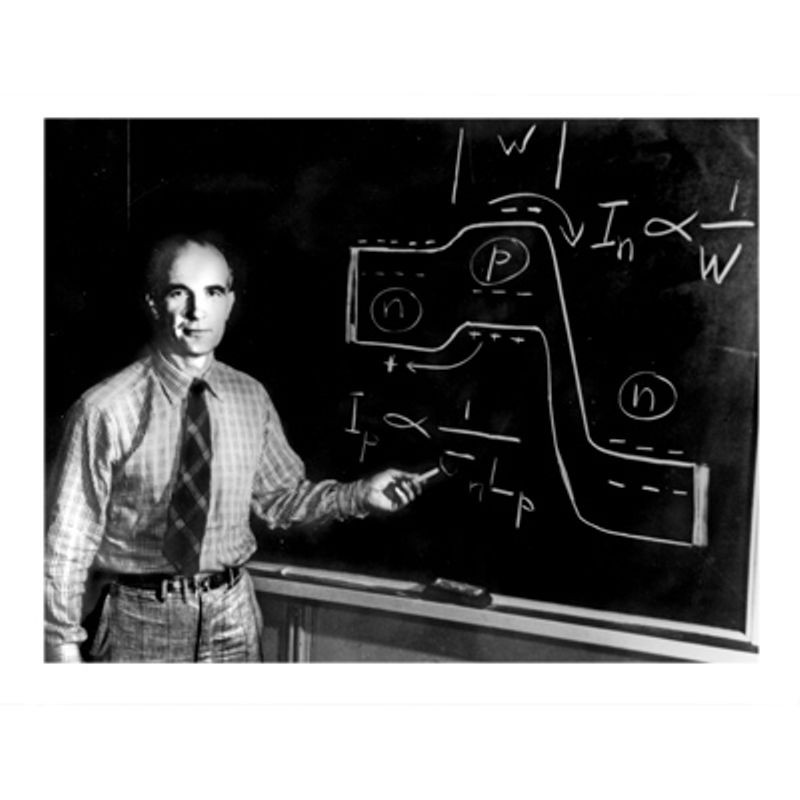

Semiconductor History 1951: Development of Zone Refining. William Pfann and Henry Theurer of Bell Labs develop zone refining techniques for the production of ultra-pure semiconductor materials. Dig deeper: tinyurl.com/3699yxew Computer History Museum #techhistory
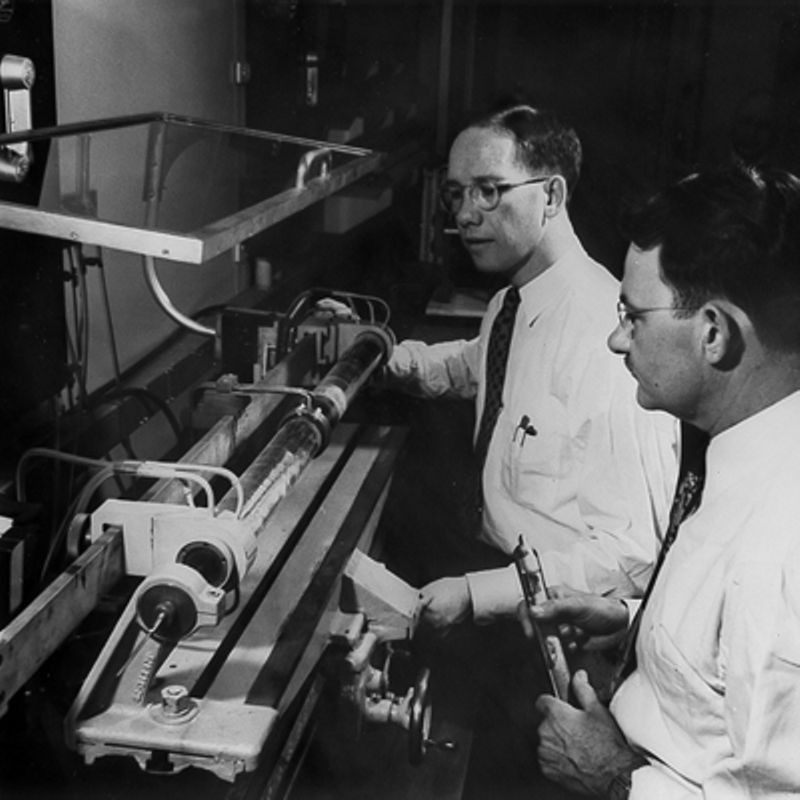

CHM Milestones in Storage, 1956: First commercial hard drive shipped. The IBM Model 350 RAMAC stored the equivalent of 3.75 megabytes of data on 50 large disks, setting the pattern for all later hard drives. Dig deeper: tinyurl.com/mwzs83et Computer History Museum #techhistory
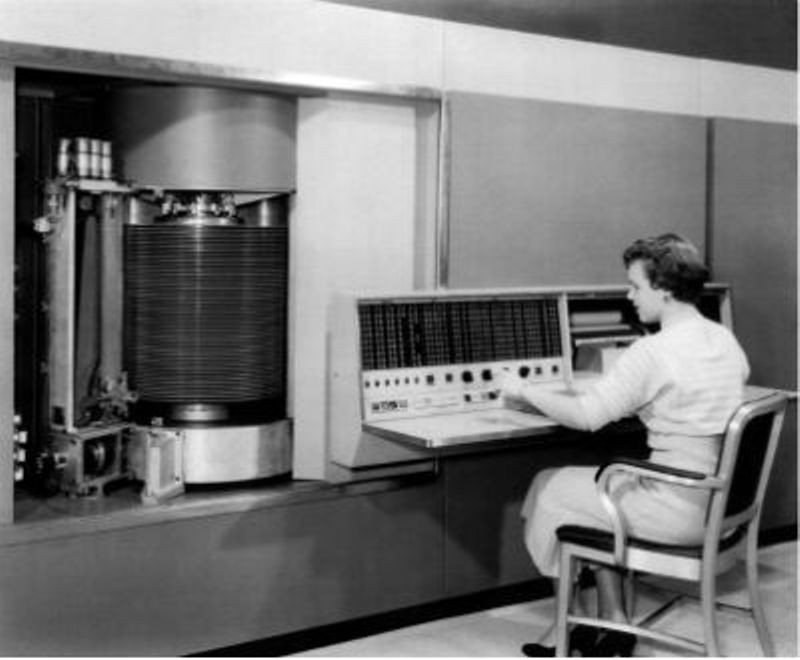

Semiconductor History 1951: First Grown-Junction Transistors Fabricated. Gordon Teal grows large single crystals of germanium and works with Morgan Sparks to fabricate an n-p-n junction transistor. Dig deeper: tinyurl.com/yc6yv3df Computer History Museum #techhistory
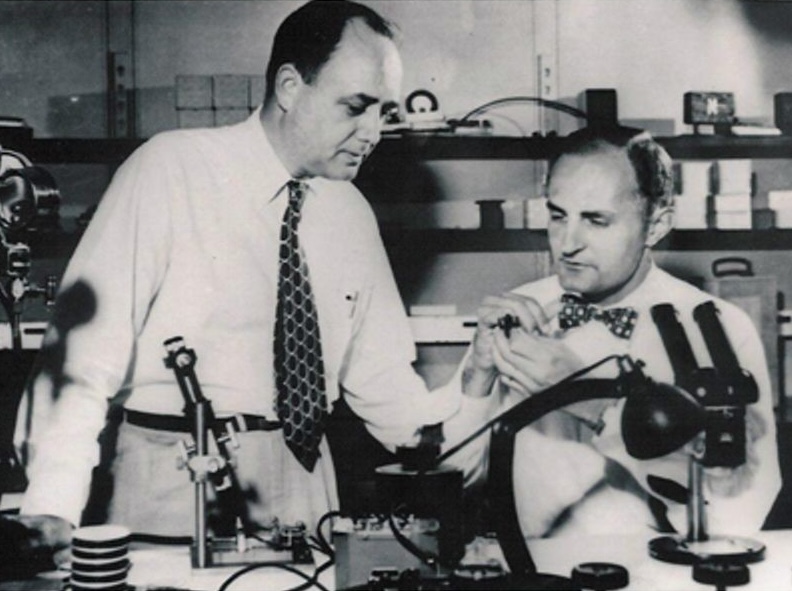

CHM Milestones in Storage, 1961: Hard Disk Drive competitors to IBM enter the market. Bryant Computer Products, for example, introduces units storing up to 205 MB. Dig deeper: tinyurl.com/yfh9u33m Computer History Museum #techhistory
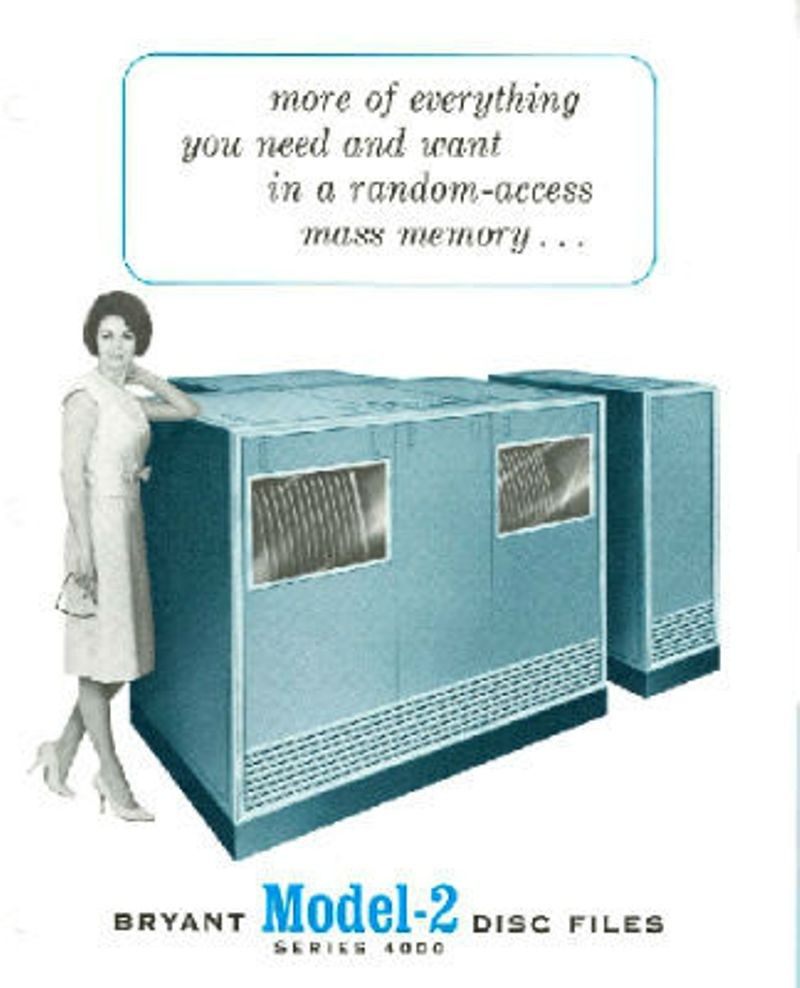



David Kahn, the world’s foremost historian of codebreaking, passed away at age 93 on Jan 24. His 1,000 page, 1967 book, "Codebreakers" introduced the world to cryptology, the science of secret codes. Dig deeper: tinyurl.com/4fvazw65 Computer History Museum
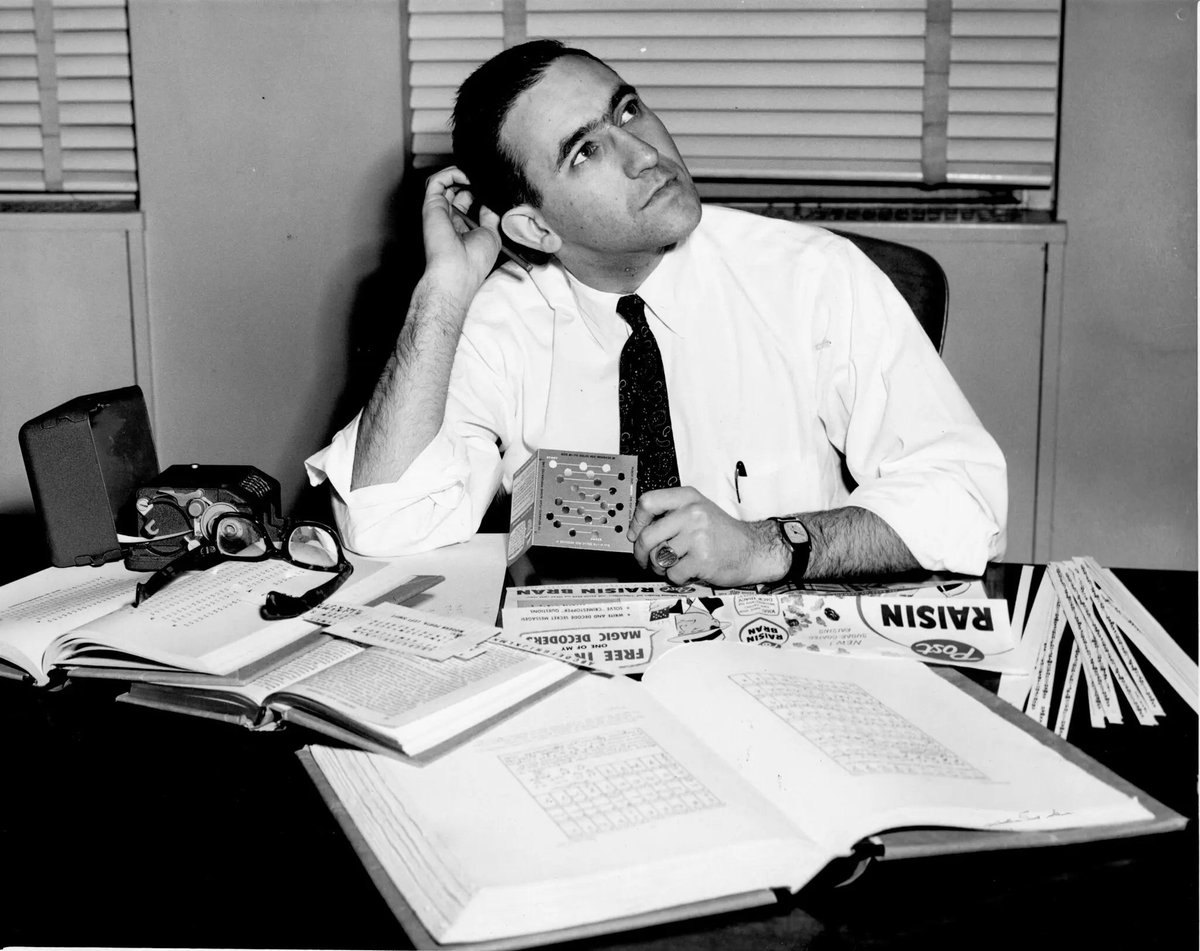

On Monday, NVIDIA announced its new AI chip BLACKWELL, in honor of David Harold Blackwell, UC Berkeley’s first tenured African-American professor. In 2012, President Obama posthumously awarded Blackwell the National Medal of Science. Computer History Museum @Cal
